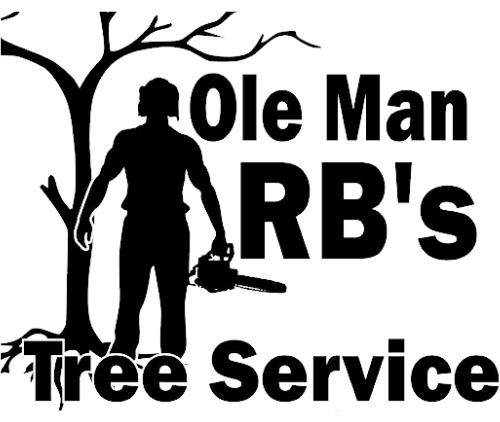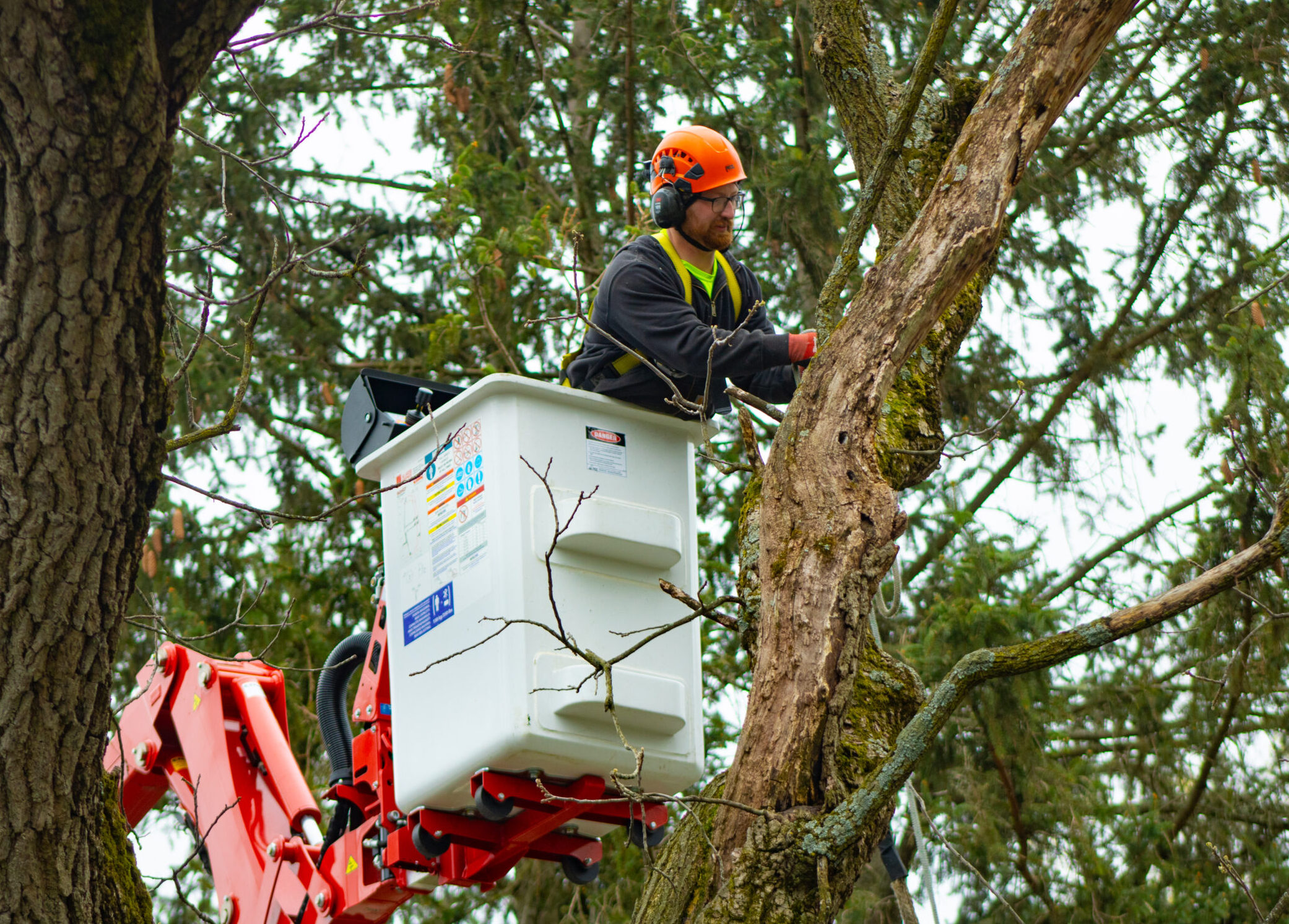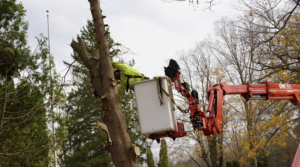Michigan’s fall season is known for its beauty, crisp mornings, colorful foliage, and cooler weather after a long summer. But it’s also a season of unpredictable storms, heavy rains, and strong winds that can put your property at risk. For homeowners, fall isn’t just about raking leaves it’s about making sure the trees in your yard are safe, stable, and storm-ready.
At Ole Man RB’s Tree Service, we’ve seen how quickly a healthy-looking tree can become a hazard when fall storms hit. Strong winds combined with soaked soil can weaken even mature trees, sometimes leading to uprooting, falling limbs, or serious property damage. The good news? With the right preparation, you can reduce risks, protect your home, and avoid costly emergency tree removal services.
Why Fall Storms Put Your Trees at Risk
Unlike summer storms, fall weather in Michigan often brings a dangerous mix of heavy rain, strong winds, and rapid temperature drops. Here’s why that’s a recipe for tree damage:
- Soaked Soil Weakens Roots: After days of rain, the ground softens and loses stability. This makes it easier for large trees to uproot.
- Strong Winds Add Pressure: Gusty winds push against branches and leaning trunks, increasing the chance of collapse.
- Fallen Leaves Add Weight: Wet leaves make branches heavier and more likely to break under pressure.
- Winter Ice & Snow Follow Soon After: Any damage left unaddressed in fall becomes even riskier when ice and snow accumulate.
If your trees are already showing signs of stress, damage, or disease, they’re far more vulnerable in these conditions.
Spotting the Warning Signs Before It’s Too Late
One of the most common questions we get from homeowners is: “How do I know if my tree is dangerous?” The truth is, many problems aren’t obvious until a storm hits. That’s why fall tree inspections are so important.
Here are red flags to watch for in your yard:
- Leaning Trees – A tree that leans more than 15 degrees is a red alert. This tilt usually means root damage or soil instability.
- Cracks in the Trunk – Deep splits or cracks weaken structural integrity and increase the risk of splitting during high winds.
- Dead or Hanging Limbs – Dead branches can snap and fall with even moderate winds, causing injury or roof damage.
- Exposed Roots or Uplifted Soil – A clear sign that the tree’s foundation is unstable.
- Decay or Hollow Spots – Weak, rotting wood is a storm’s easiest target.
If you notice any of these issues, don’t wait until winter, the added weight of ice and snow can turn a risky tree into an immediate danger.
Leaning Trees: Why Fall Is the Worst Time to Ignore Them
Homeowners often assume they can wait until spring to deal with a leaning tree. Unfortunately, fall is the most dangerous time to delay. Here’s why:
- Soil Saturation: Fall rains soften the ground, making it easier for roots to pull free.
- High Wind Speeds: Gusty fall storms add pressure that tilts the tree further.
- Winter Makes It Worse: Once snow and ice accumulate, the extra weight can lead to full collapse.
Waiting to deal with a leaning tree doesn’t just increase danger it often increases cost. Emergency tree removal in the middle of winter is typically more expensive and more dangerous than handling the problem in the fall.
Tree Removal Cost: What Homeowners Should Expect
We know cost is always a concern for homeowners. The tree removal cost in Michigan can vary widely depending on:
- Tree size (small ornamental vs. large oak or maple)
- Location (near a home, power lines, or open yard)
- Condition (dead, diseased, storm-damaged, or leaning)
- Complexity (requiring specialized equipment or crane service)
The smartest approach is proactive tree care. Regular inspections and preventative trimming are far more affordable than emergency removals.
How Professional Tree Service Helps Prevent Storm Damage
Hiring a professional tree service isn’t just about removing dangerous trees. A certified arborist can help identify risks before they turn into emergencies. Services that protect your home during fall storm season include:
Preventative Removal – Safely taking down trees that pose a clear danger to your home or family.
Tree Inspections – Spotting hidden disease, root instability, or cracks before storms exploit them.
Pruning & Trimming – Removing dead or weak branches that could break off in high winds.
Cabling & Bracing – Providing support for valuable trees that need stabilization.
Don’t Wait Until Winter Act Now
Fall in Michigan is beautiful, but it’s also unpredictable. One major storm could turn a leaning or weakened tree into a major liability.
Instead of waiting for an emergency, take a proactive step today. A quick inspection by a professional tree service can give you peace of mind, protect your property, and often save you money in the long run.
If you’ve noticed leaning trees, dead limbs, or other warning signs in your yard, now is the time to act.
Contact Ole Man RB’s Tree Service today for a professional inspection. We’ll evaluate your trees, recommend the safest solution, and provide a fair estimate for any necessary work.
Protect your home, your family, and your wallet this fall, before Michigan’s storm season puts your property at risk.



